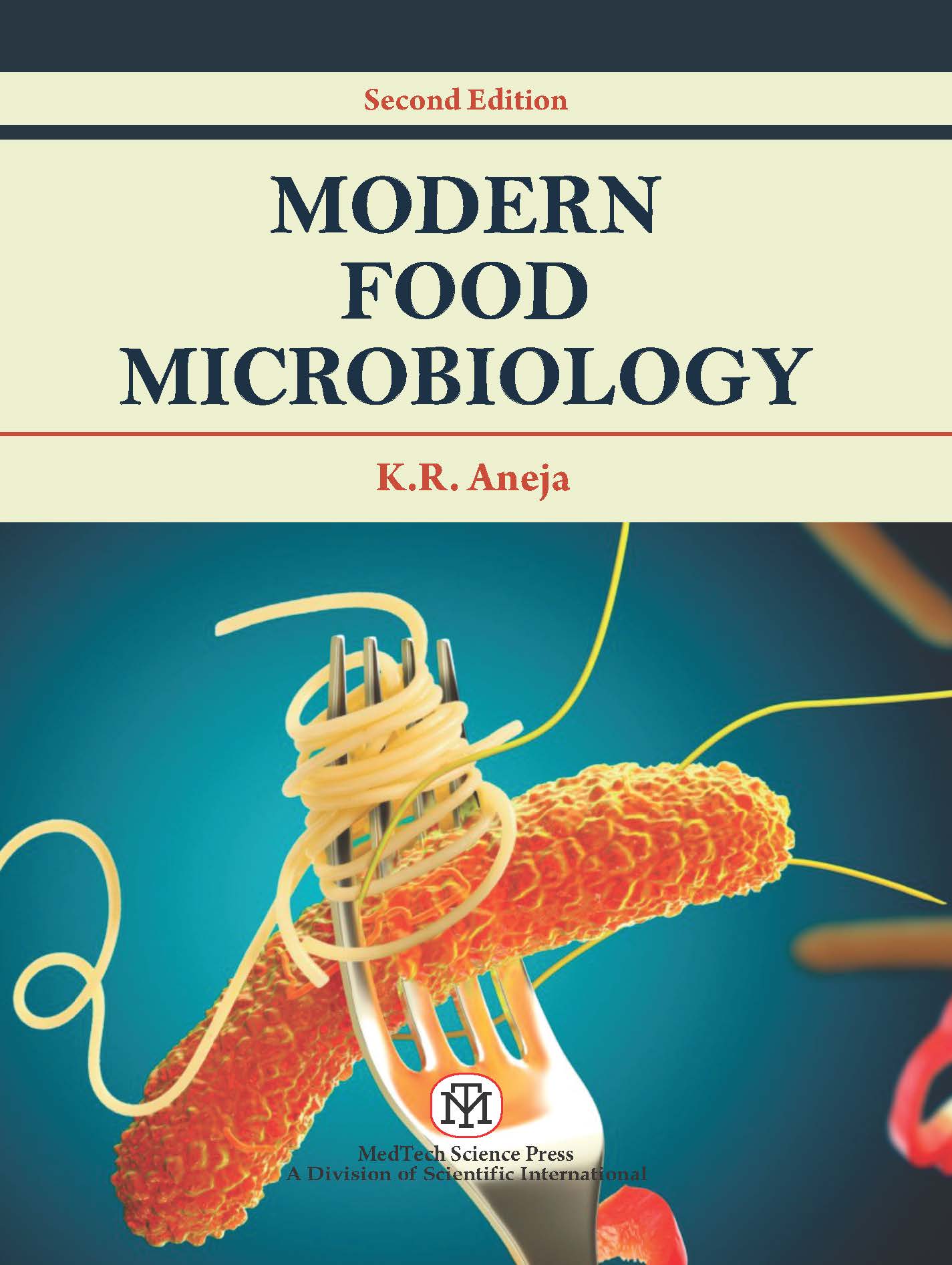Scientific International is a leading publisher of high-quality academic and scientific books across various fields. Our publications are authored by esteemed experts from India and globally, known for their academic excellence and pedagogical approaches. We publish under the MedTech imprint, a rapidly growing platform covering numerous disciplines. Our mission is to provide cutting-edge, accessible content that inspires curiosity and fosters learning, contributing to the global academic community and supporting students, professionals, and researchers worldwide.
Associated partner

Modern Food Microbiology
Rs. 895
| Attribute | Details |
|---|---|
| ISBN | 9789363630550 |
| Author | K R Aneja |
| Subject | Life Science |
| Binding | Paperback |
| Total Pages | 692 |
| Copyright Year | 2025 |
Note : Price subject should be change on the website.
This book serves as an introduction to Microbiology, designed for beginners in the field, particularly at the graduate and postgraduate levels. It addresses the fundamental study of microorganisms, including bacteria, Globally, there is a rising demand on “New generation foods” that do not cause health complications (e.g., allergy, intolerances and cancer), due to the increasing cost of healthcare, the life expectancy and the increasing demand of older people for improved quality of their later years. Microorganisms will be a valuable and sustainable food resource of the future for the human population growing at a very fast rate. Modern Food Microbiology, Second Edition is written in a simple language and presents up-to-date information in the rapidly growing and highly dynamic field of food microbiology. Two new chapters have been added in this edition. This book is unique as it covers all aspects of food microbiology: The scope, historical development, kinds of microorganisms associated with various types of foods, microbes’ capacity to grow, survive and factors affecting, fermented foods, food-spoilage and poisonings caused in humans, food preservatives, detection of food borne pathogens by conventional and advanced techniques, microbiological quality of food, predictive modelling, hazard analysis critical control points and regulatory agencies monitoring microbiological safety of foods globally. Each chapter contains a brief summary, important review questions and multiple-choice questions with answers. This book will serve as a valuable source for undergraduate and postgraduate students of food science, home science, microbiology, biotechnology, agriculture, public health, nutrition and dietetics, as well as a valuable reference for working professionals in food microbiology, food safety and beverage industries.





 Continue With Google
Continue With Google
 Continue With Facebook
Continue With Facebook
